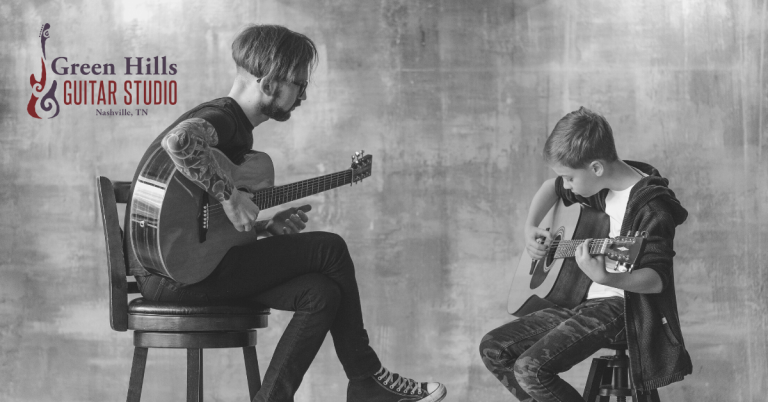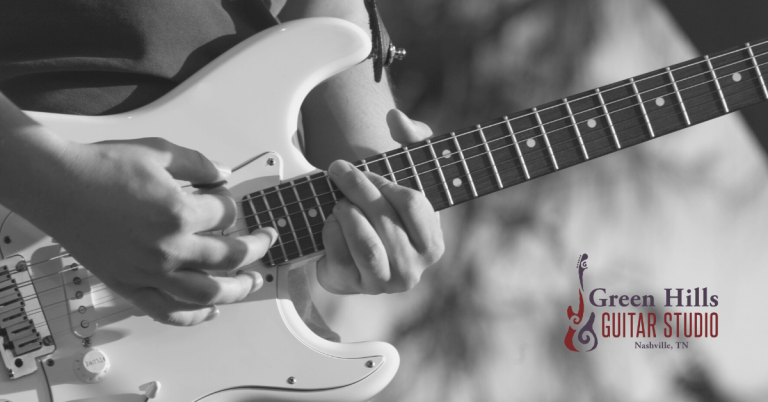Sight Reading 101
You don’t have to know how to read and write music to be a great guitar player. But in these highly competitive days, it sure helps to have the ability to do so! Sight reading is a skill that is developed over time and is similar to learning a new language; you wouldn’t wake up tomorrow and be fluent in French just how you wouldn’t wake up tomorrow and be able to sight read.
What’s sight reading?
At the most basic level, sight reading is being able to read/perform a song you’ve never seen or heard before. At a higher level, sight reading is the conversion of music from sight to sound.
How do I learn to sight read?
Set aside some time to get better at sight reading. Practice makes perfect as they say, and it’s no different with sight reading. You never know when you will be asked to read another musician’s part, transpose or arrange a piece of music. Be sure you also know how to read music because this is the framework of any skilled sight reader. Once you’ve practiced and understand sight reading, the next step will be to take a moment to review the piece. Be on the lookout for changes in tempo, key or meter. Don’t be afraid to mark up the score!
Sight reading for guitarists
Guitar tablature is a system of reading music where unlike standard notation, which has five lines and four spaces, guitar tab has six lines representing the six strings on the guitar. The top line represents the thinnest string (1st) and the lowest line represents the thickest (6th) string. The numbers placed on each individual string indicate what fret to play on that particular string. A lot of guitar music is written in tab, so it’s good to know and understand for that reason. But, it is also very important to learn how to read standard notation, as well.








